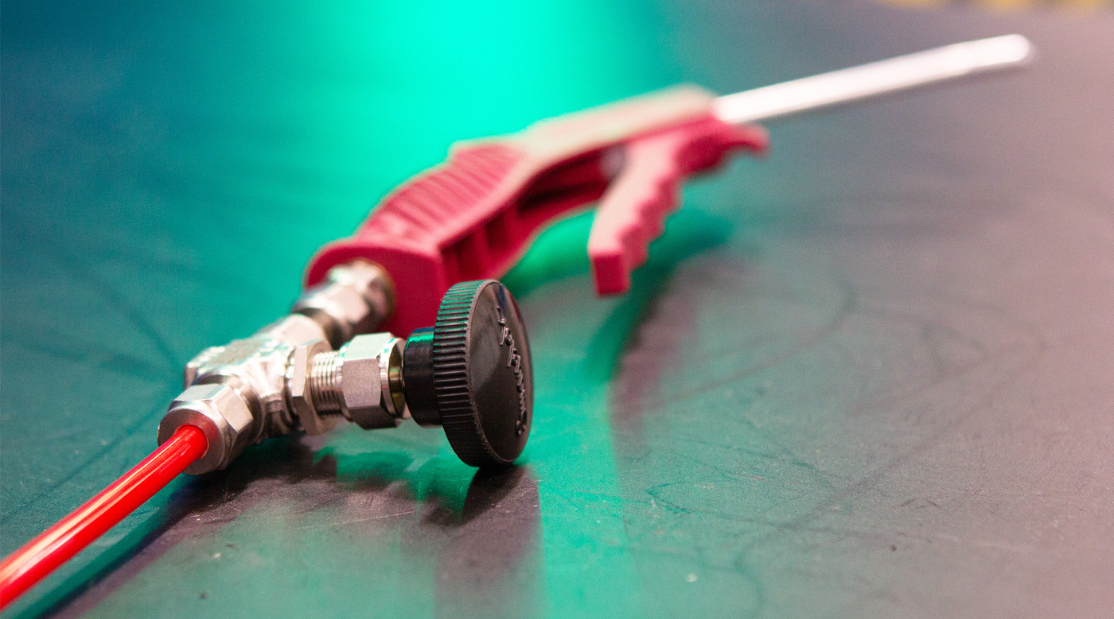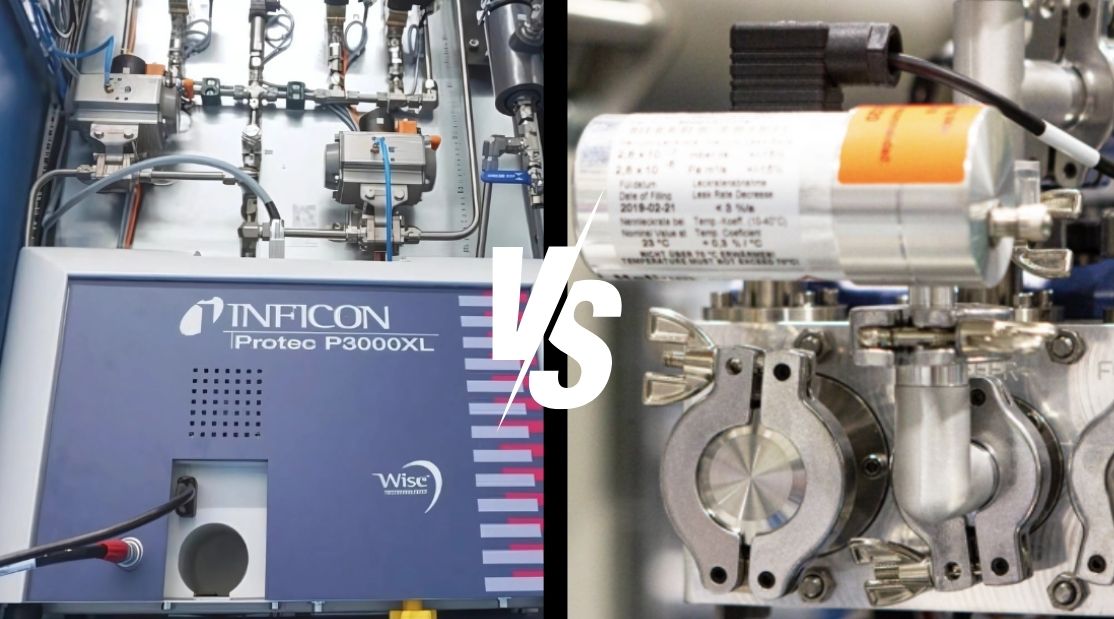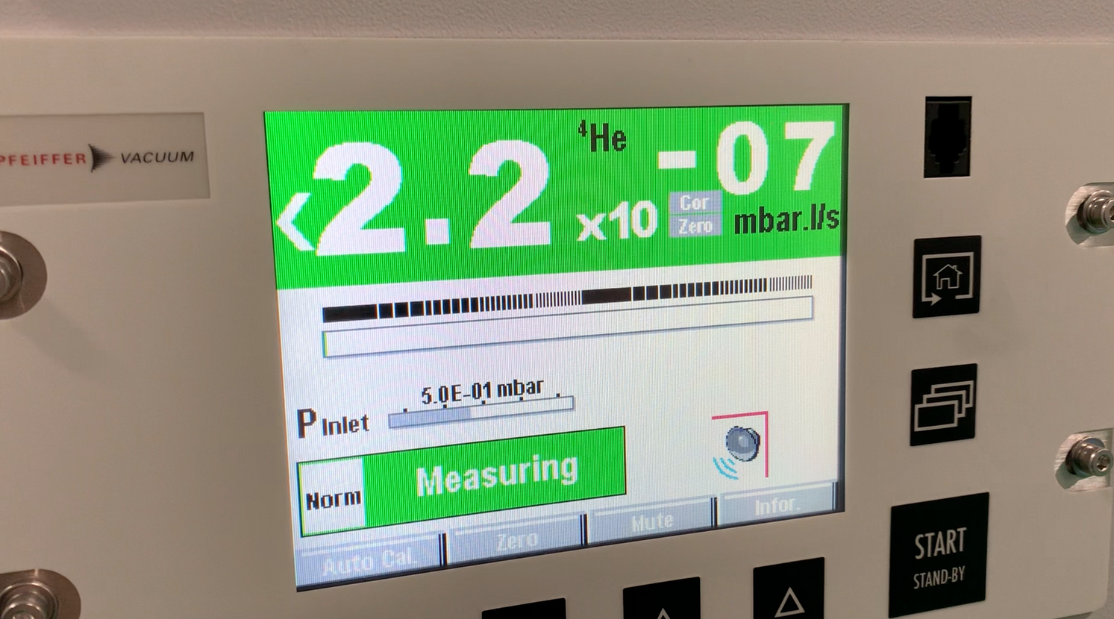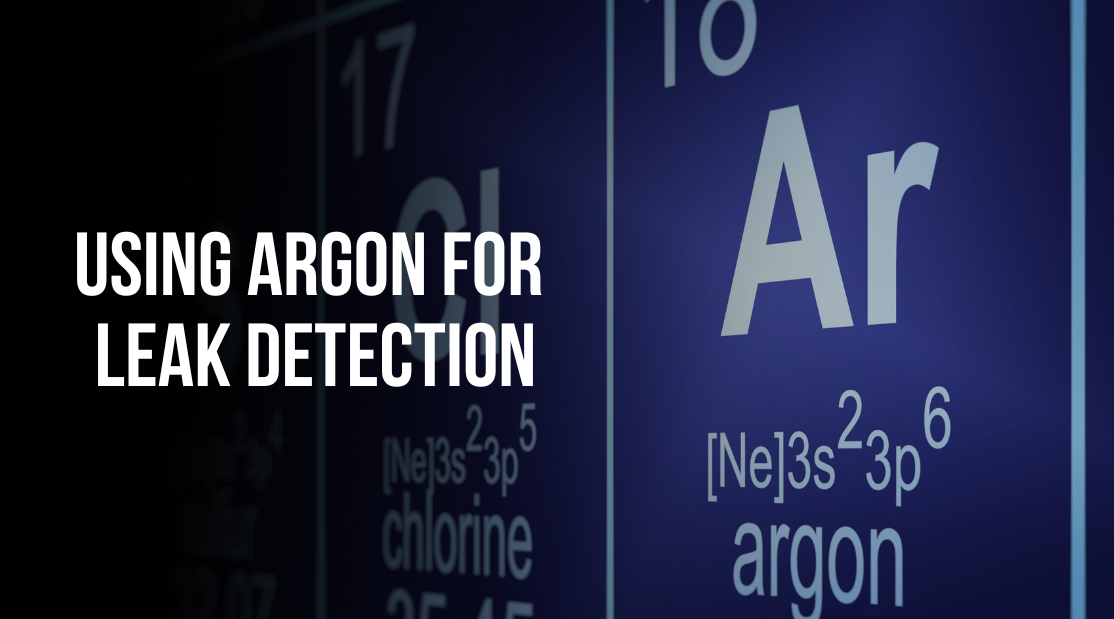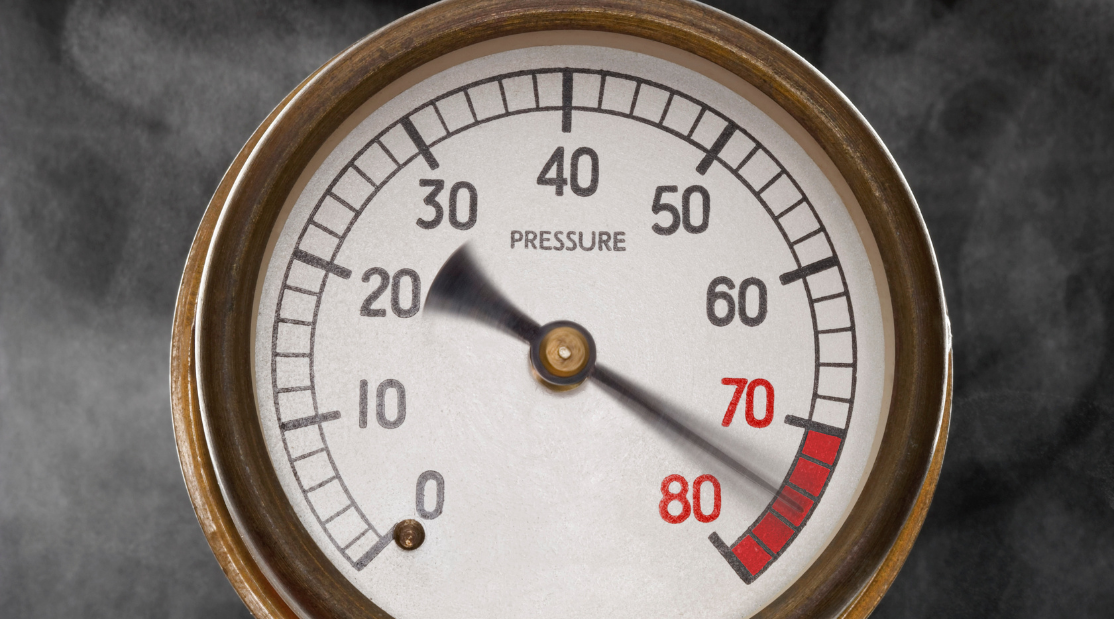Spray testing is a go-to method for pinpointing the exact location of leaks in complex or hard-to-access components. Its precision makes it a valuable tool, especially in industries where sealing integrity is essential. But while the benefits of spray testing are clear, the method is also vulnerable to inefficiencies, particularly when it comes to helium usage, operator consistency, and cycle timing. Without a well-structured approach, waste can quietly accumulate, driving up costs and impacting performance.
Identifying Common Sources of Waste
In a typical spray test, helium is applied manually to specific joints or surfaces while the component under test is under vacuum. If there’s a leak, helium enters the part and is detected by a mass spectrometer. This makes the process highly effective for diagnostics and verification, but also highly dependent on the user’s technique and judgment.
The main sources of waste in this process usually come from three areas: excessive helium application, inconsistent operator handling, and overly long cycle times. Each of these issues stems from either a lack of standardisation or insufficient monitoring.
Controlling Helium Usage
Helium is a finite and increasingly expensive resource. When spray testing protocols aren’t clearly defined, it’s common to see operators applying more helium than needed either as a safety buffer or simply out of habit. Over time, that extra usage adds up.
The key is to define and enforce clear parameters for each spray test. This includes setting limits on spray duration, nozzle pressure, and the distance between the spray tip and the test part. In most cases, short, focused bursts are more than adequate to reveal a leak without oversaturating the area.
Switching to a helium-nitrogen mix is another effective strategy. Depending on the sensitivity required, using a mix instead of pure helium can reduce consumption significantly while still achieving reliable results. For many applications, this simple change offers a strong return without compromising test integrity.
Enhancing Operator Consistency
Spray testing relies heavily on the skill of the operator, which makes consistency a challenge. Variations in technique such as the angle of spray, speed of movement, or the areas chosen for coverage can lead to both missed leaks and wasted helium.
Implementing a standard operating procedure is essential. Clear, repeatable steps should be laid out for how each test is conducted, including visual guides or video training where possible. The more uniform the process, the more reliable the results and the less helium is wasted.
For higher-volume environments or critical applications, semi-automated systems are worth considering. These can regulate helium flow and ensure consistent application across each test, reducing dependency on manual precision and improving repeatability.
Optimising Test Cycle Times
One of the more subtle contributors to waste is unnecessary test time. When operators are unsure of their coverage or are overly cautious, spray durations can stretch longer than needed. This not only increases helium use but can also allow ambient helium to accumulate in the testing area, muddying the results.
Data-driven adjustments can help. By analysing how long it typically takes to detect leaks in different product types, you can build more efficient timing into your protocols. Introducing brief pauses between spray intervals can also help helium dissipate, maintaining accuracy and reducing background noise.
Building a Culture of Continuous Improvement
Reducing waste in spray test protocols isn’t a one-time fix. It requires ongoing attention and a willingness to refine processes based on real-world feedback. Regularly track helium consumption, test duration, and pass/fail data to identify where improvements can be made.
In some cases, you may find that certain components could benefit from a different test method altogether, or that upstream manufacturing adjustments could reduce the number of leak-prone areas. Use your findings to inform not just the test process but the broader production strategy.
Spray testing offers precision and flexibility that few other leak detection methods can match, but that effectiveness shouldn’t come at the cost of efficiency. With thoughtful planning, clear procedures, and a focus on reducing waste, manufacturers can get the best performance and efficiency from this valuable testing technique.
At VES, we work with manufacturers every day to help optimise their helium leak testing systems, including developing smart, streamlined spray test protocols. If you’re looking to cut waste and improve your testing process, we’re here to help you make it happen.
